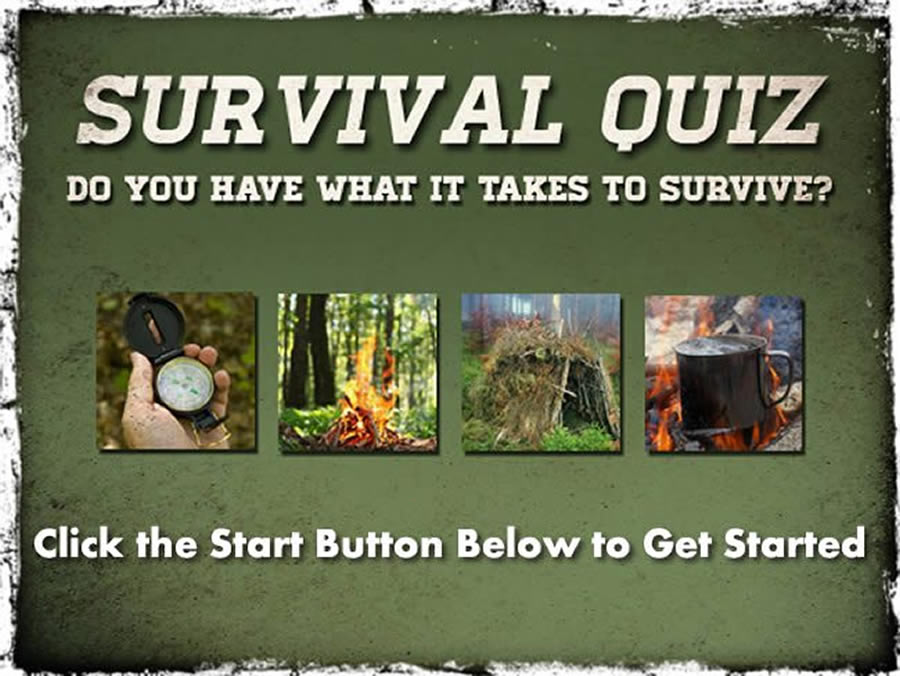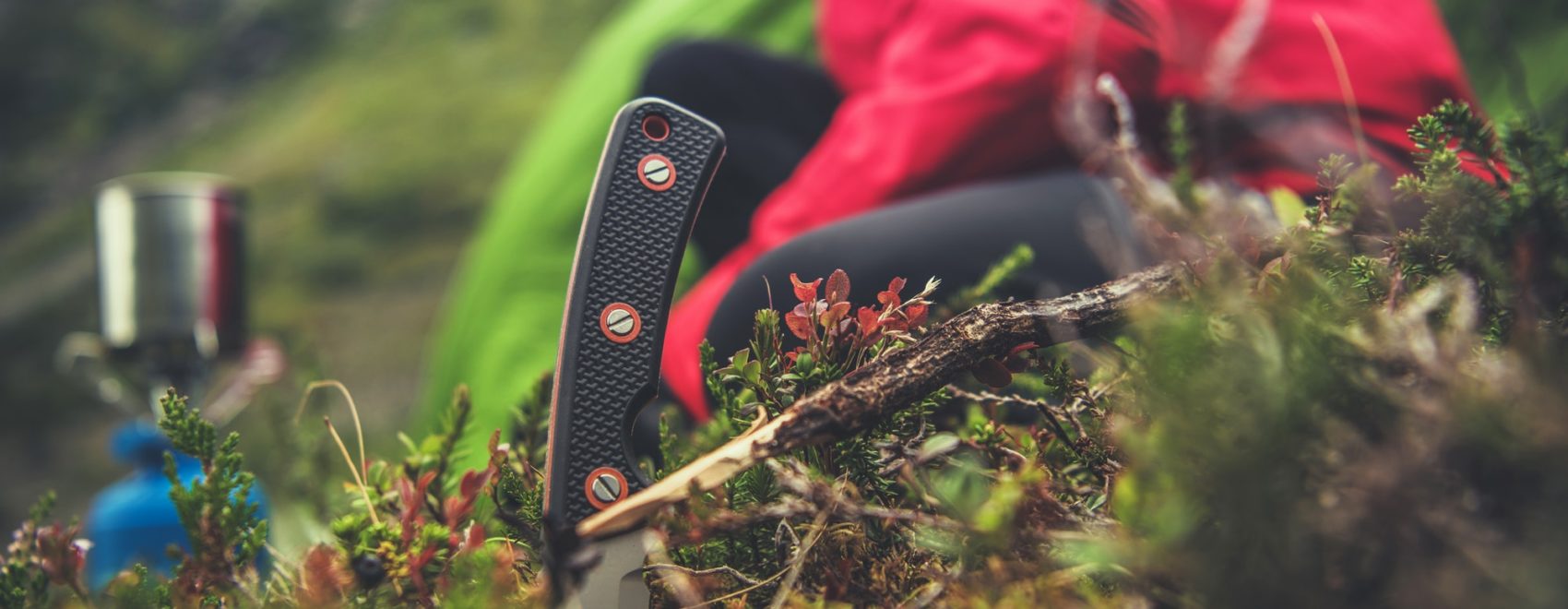
Results
You may want to bone up on your survival skills. Luckily, you’re in the best place to do this!
#1. What do lush vegetation and swarming insects often indicate?
Plant life, insects, bird flight paths and animal tracks can all point toward water sources.
#2. How long can a healthy human go without food as long as they have water?
A healthy person, properly hydrated, can last up to 8 weeks without food. This is not to say that they will be able to operate as they normally would with food. The starvation process will leave you without energy and unable to perform basic survival tasks.
#3. Insect larvae contains a lot of protein. Where are the best places to find these insect eggs?
Insect eggs can be found in moist areas under rocks and inside rotten tree logs or stumps.
#4. Which crucial need you should first address if you are lost in the woods during a thunderstorm?
Shelter from the elements is your first priority. Hypothermia can set in within 20 minutes, shelter will keep you from losing more heat and allow you to raise your body temperature. Once your shelter has been established you can focus on water, then food.
#5. In a survival scenario, you should avoid eating insects that ____.
Brightly colored, or strong smelling insects are a clear warning sign for you to avoid, many are poisonous.
#6. What’s the LEAST important survival tool for a novice in a jungle scenario?
The ability to shelter yourself from the elements, start a fire, clear brush, defend yourself, and provide clean drinking water are the most important tools. A compass is a very important tool, however if you are lost, the most recommended strategy is to shelter in place for those who will be looking for you.
#7. Which of the following does NOT provide clues to help orient you toward true north?
Wind speed. While not precise directional guides, moss on trees and ant hills can help you to figure out what direction you’re facing. In the Northern Hemisphere, moss on the south side of trees will be thicker and greener because that side often gets more sun; ants often build their nests on the south or southeastern side of trees, where it’s warmer.
#8. What is a bug out bag used for?
Bug out bags are used to store survival gear and equipment that will help you evacuate your home and “bug out” to a predetermined, or open ended location.
#9. Which symptom determines if you are experiencing SEVERE dehydration?
Dry mouth and a rapid heartbeat is a sign for moderate dehydration. Vomiting and diarrhea is a strong indication for severe dehydration.
#10. On Average, How Many Days Can You Survive Without Water?
The human body begins severe dehydration, that leads to death in 3 days.
#11. What feature of the snake is NOT used to determine if the snake is venomous?
Tongue. Venomous snakes tend to have elliptical pupils, while non-venomous snakes have round pupils. This is not foolproof though, as the venomous coral snake has round pupils. Not to mention you don’t want to get that close to a snake to find out!
#12. What internal temperature is required to break down bacteria cells in meat?
Bacteria begins to break down at 160° Fahrenheit.



